This page has been translated with google translate, there may be errors in the stories.
What are freeze caps / freeze plugs.
Freeze caps are metal or copper discs that you can find on the outside of the engine block. Freeze caps are plugs that are in the block because this is technically necessary to be able to pour the block and not as a safeguard against freezing of the engine block.
Engines are "sand cast". A special type of sand is poured into a pair of mold boxes. A mold is pressed into the sand, creating an impression of the engine block to be cast. The parts of the mold are then joined and molten iron is poured, forming the motor. That is why engines have a rough texture in most areas: this is the texture of the sand that is used.
To form cylinders and other holes, sand molds are used that are attached to the molding box. After pouring the sand is removed and the hollow spaces over this money are also attached for the help for the pouring of various cavities in the block. These holes that are on the outside of the block and no longer have a function are machined holes and then a plugs are placed, also called freeze plugs. They are called freeze caps because this lid is often pushed out of the block when freezing, but the block can certainly freeze even if the freeze plugs come out.
What are the signs of a bad freeze cap.
A bad freeze cap will leak coolant and water depending on whether the engine is cooled directly or indirectly. The leakage of a freeze cap can suddenly happen because it is rusted from the inside, but also from the outside you can sometimes see a sign that a freeze cap is bad, rust formation and / or freeze cap is no longer properly in the seat.
What material are freeze caps made of.
Freeze caps are usually made of thin sheet steel and are galvanized to resist rust. This galvanization layer will come off too long and the cap will rust from the inside if it comes into contact with water. I write water because in direct-cooled engines the freeze cap comes into contact with water and therefore starts to rust, with direct-cooled engines that are filled with coolant, rusting through of the freeze caps will not occur because anti-rust caps are added to coolant.

Freeze caps.
Different type of freeze caps.
In a motor you will roughly find two different types of freeze caps that can be removed and mounted in different ways. The convex cap, which you often find with diesel engines and the cup freeze cap.

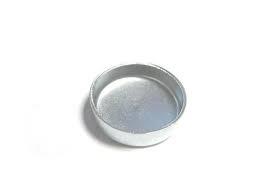
Convex freeze cap. Cup freeze cap.
Remove the freeze cap.
To replace a cup-shaped freeze cap you can tilt it with a screwdriver or chisel and then you can pull it out of the seat with pliers, but it is preferable to remove the freeze cap with a special tool to damage the seat of the freeze cap.

To remove a ball of freeze cap, it is best to drill a small hole in the cap and then screw a parker into the hole and then pry the freeze cap out of the block with pliers. There are also special tools to remove a freeze cap, these work better because you carefully remove the freeze cap from its seat without damaging the seat.

Remove the freeze cap tool.
Replace the freeze cap with special tools.
Step 1.
Make a point with a center point where a hole of around 5mm, 5mm is chosen because the tool used to remove the freeze cap has an M6 thread and the drill size of M6 is 5mm.

Step 2.
Drill a hole of 5 mm and then tap an M6 thread.

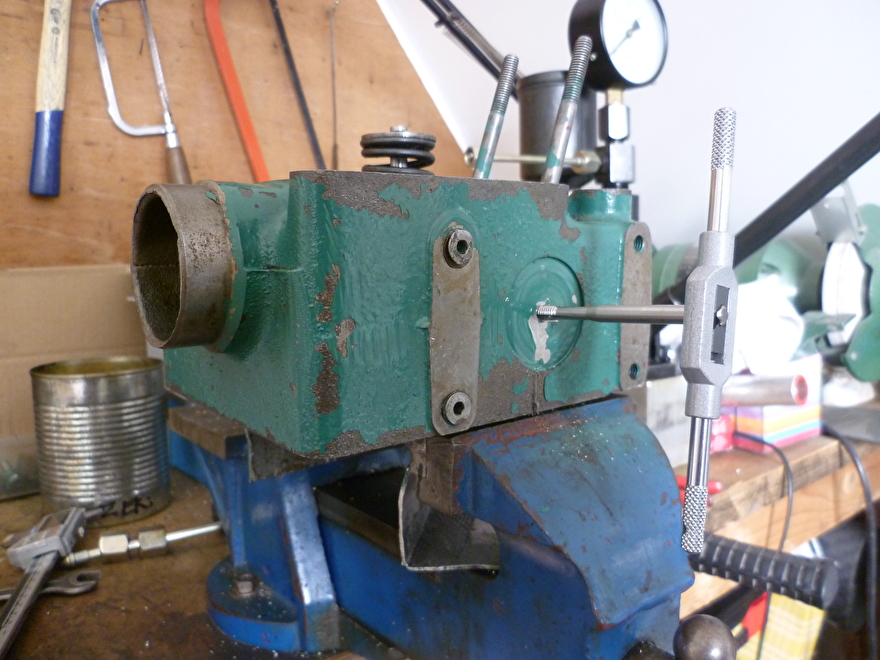
Step 3.
Screw the bolt of the freeze cap tool into the freeze cap and tighten the bolt with a ratchet socket.

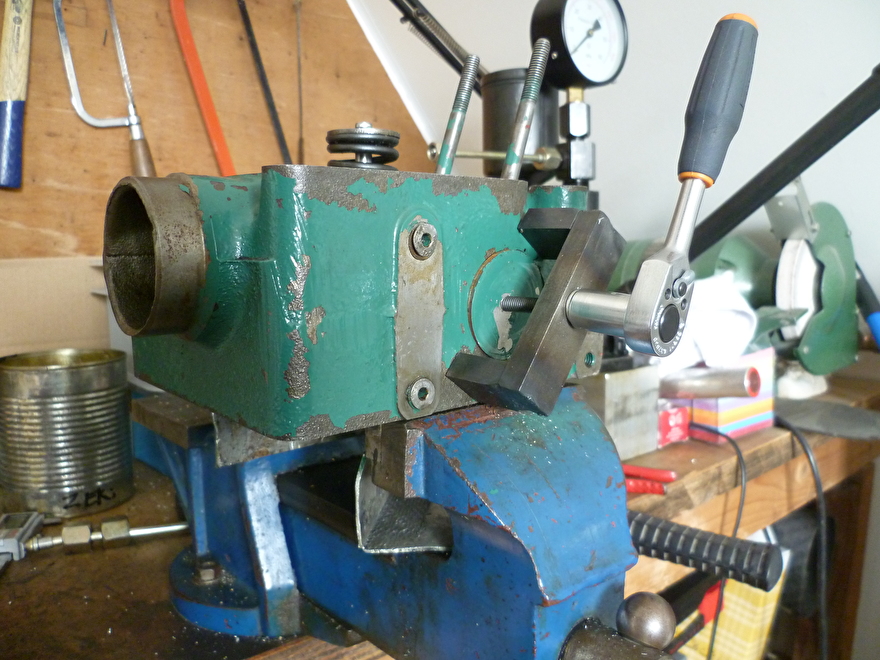
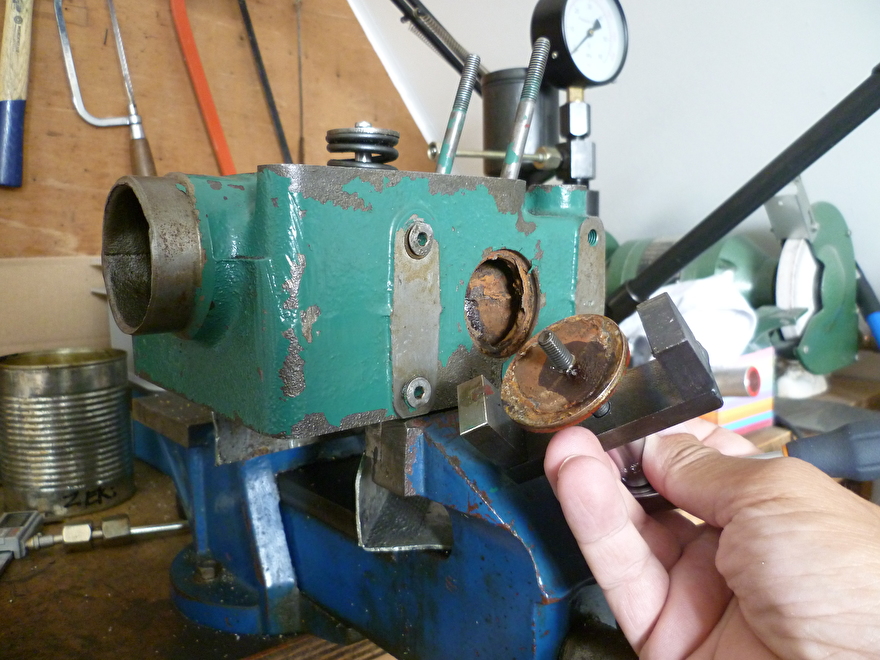
Step 4.
Clean the seat of the freezer cap with a wire brush and a piece of sandpaper.
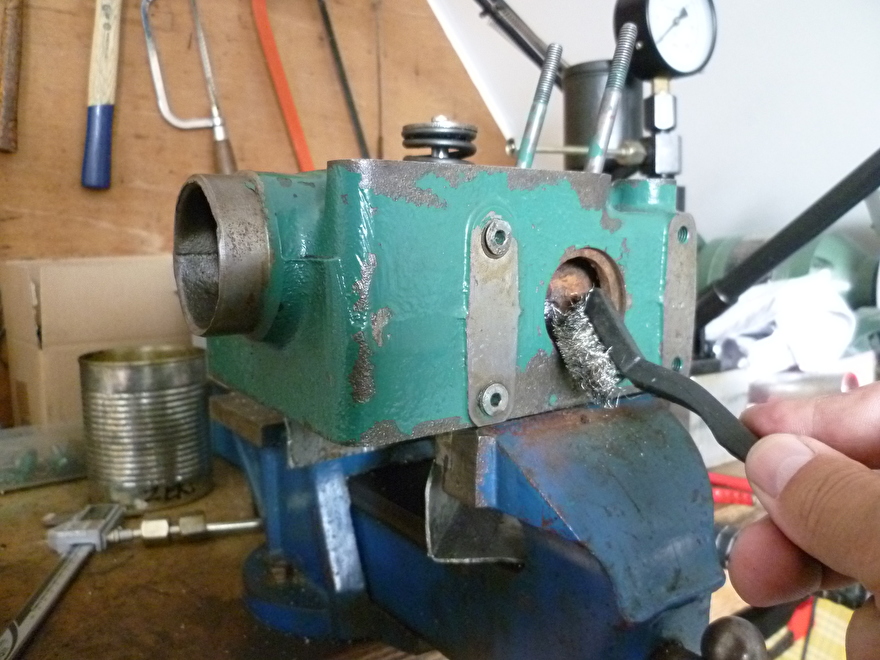
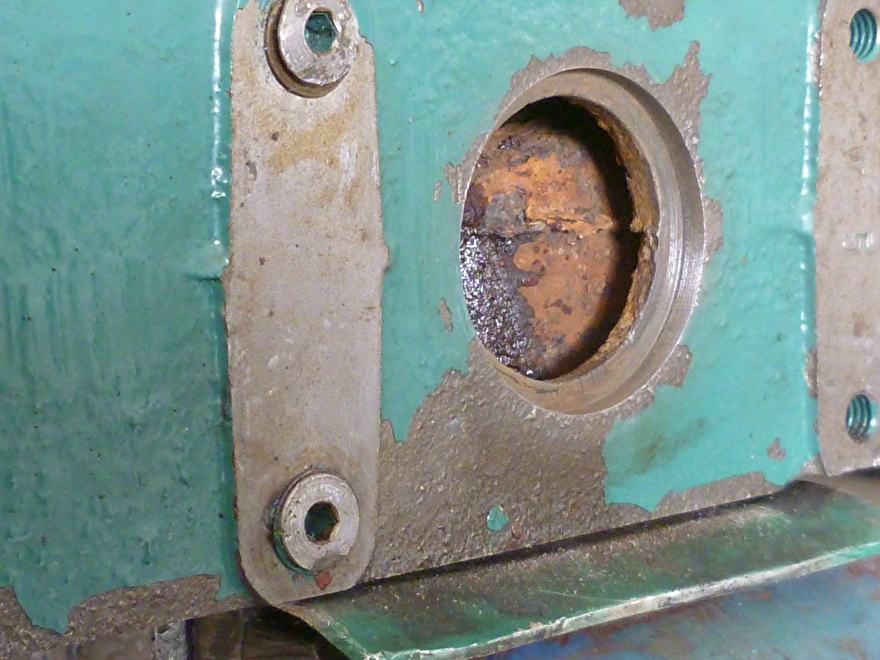
Step 5.
Before fitting the freeze cap, lubricate a little liquid gasket on the setting of the freeze cap.

Step 6.
Tap the freeze cap into the seat of the freeze cap with a socket wrench.
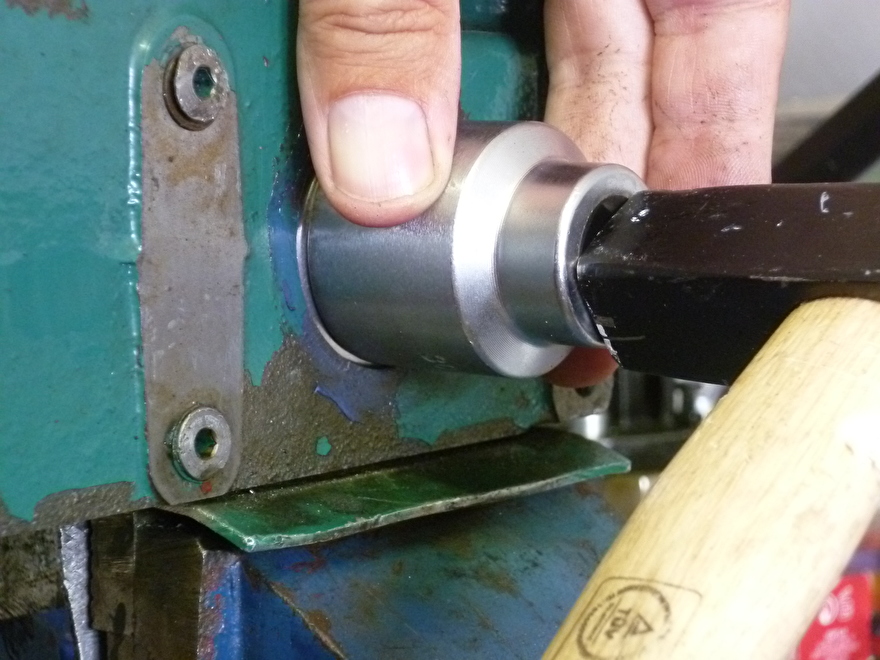
Step 7.
To have the freeze cap properly sealed, a head with a hammer must be given in the middle of the freeze cap so that a dent is made in it, the freeze cap expands and then fits well in the seat.
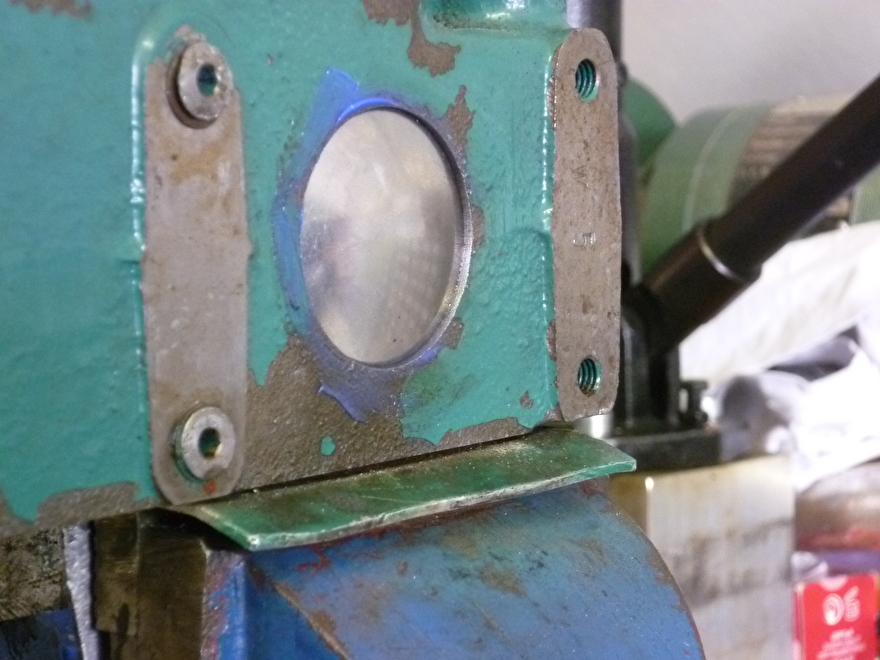

Cup Freeze cap replaced.
For a cup freeze cap you do the same as with a convex freeze cap, except that it does not have to be knocked in the middle of the freeze cap. The cup has raised edges that are larger than the hole in which they are mounted, in this way they clamp themselves when the cap is in the seat.

Freeze cap mounting with socket wrench.





